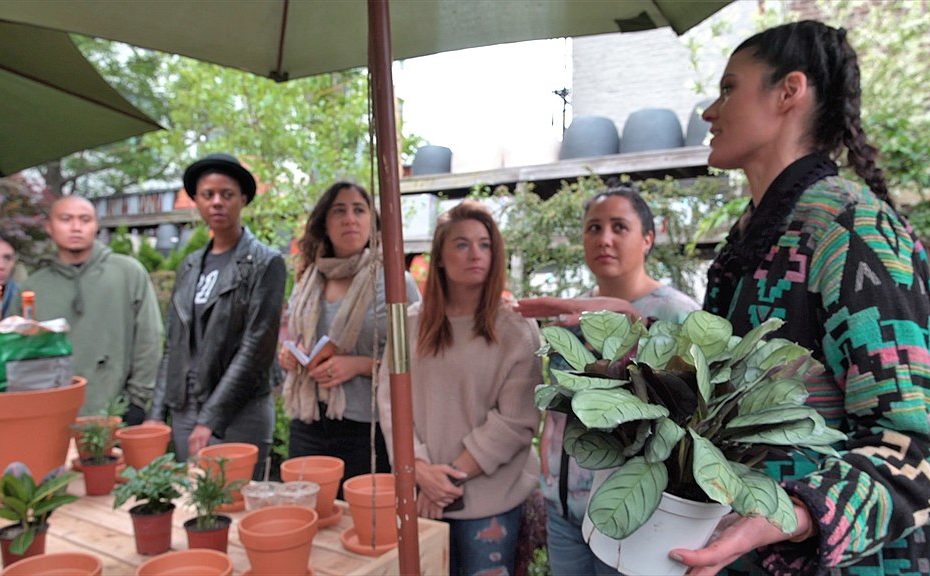This post is based on an op-ed written by UEP Professor Julian Agyeman and M.A. student Alexandra Duprey. The article was published online in Agriculture and Human Values on May 13, 2020.
Amidst the struggle of cities across the globe to control and stabilize the COVID-19 pandemic are questions for the future. How have existing inequalities been exacerbated by this disaster? How will cities evolve to equip themselves for the next crisis? How can cities address the needs of their growing and changing communities? In the rapid response opinion article for Springer “Are you really a Sanctuary City?” these questions are presented in a hopeful light. Through this piece, we aimed to ground the COVID-19 pandemic within the context of Sanctuary Cities in the United States, many of which have been deeply affected by the current pandemic.
Sanctuary Cities have agreed to protect undocumented immigrants from deportation or prosecution regardless of federal immigration law. These cities thrive from the abundance of their diverse immigrant populations. Those communities, however, are facing compounding trauma during the COVID-19 pandemic due to language barriers and distance from family that exacerbate miscommunication about the virus and feelings of isolation; precarious housing arrangements that may deteriorate further during the crisis; greater risk of infection from working in the so-called “service sector”; fear and anxiety in seeking healthcare due to immigration status; and possible ineligibility for government benefits like unemployment, sick leave, and $1,200 stimulus checks, which would alleviate their burden.
To proactively protect their immigrant and undocumented populations, cities should cultivate spaces where immigrants may find solace and community. In Julian’s recent book, The Immigrant-Food Nexus: Borders Labor and Identity in North America (MIT Press, 2020), he and co-editor Sydney Giacalone argue that food serves as an umbilical link between immigrants’ new lives and the lives they left behind. Sanctuary City politicians, administrators, urban planners, and policymakers could prioritize city-owned land for immigrants to use for food generation. Many immigrants may come from rural areas or have knowledge of agricultural practices that would benefit community gardens through the sharing of food varieties and methods of growing. Creating these areas of engagement and contact between immigrants and their settled communities can foster places of collective healing and regeneration after COVID-19.
As highlighted in the article, many of these gardens are already popping up across the country. Gardens like those in Somerville, Seattle, and Queens, NYC, utilize otherwise neglected urban spaces. As cities reconsider how to use spaces, such as turning roads over to pedestrians rather than vehicles, we must prioritize the immigrant communities that make our cities vibrant and exceptional places. And after all, we cannot talk about immigration without talking about food. Food offers an avenue for stories and emotional intimacy, offering healing and radical self-care. As we slowly recover from the COVID-19 crisis, Sanctuary Cities must continue to ask themselves how they can support and enhance the experiences of their immigrant communities.
Cover image by Summer Rayne Oakes (CC BY 3.0)

I was suggested this web site by my cousin. I am not sure whether this post is written by him as no one else know such detailed about my problem. You are wonderful! Thanks!
Ciao These are truly great ideas in on the topic of blogging. You have touched some fastidious things here. Any way keep up wrinting. danke
Comments are closed.